Today, the Vatican released an anticipated rule change to the way it will evaluate visions, apparitions, weeping statues, and other supernatural phenomena.
The Vatican will radically change the way it will handle norms first issued in 1978 and has argued the change needs to happen because the outdated rules are no longer helpful in the digital age.
Press Conference

Catholic Cardinal Víctor Manuel Fernández, held a press conference on Friday allowing reporters to see him signing the document that will displace the previous norms established by Pope Paul VI in 1978.
The new norms will go into effect on the upcoming Pentecost Sunday, May 19.
Medjugorje Question
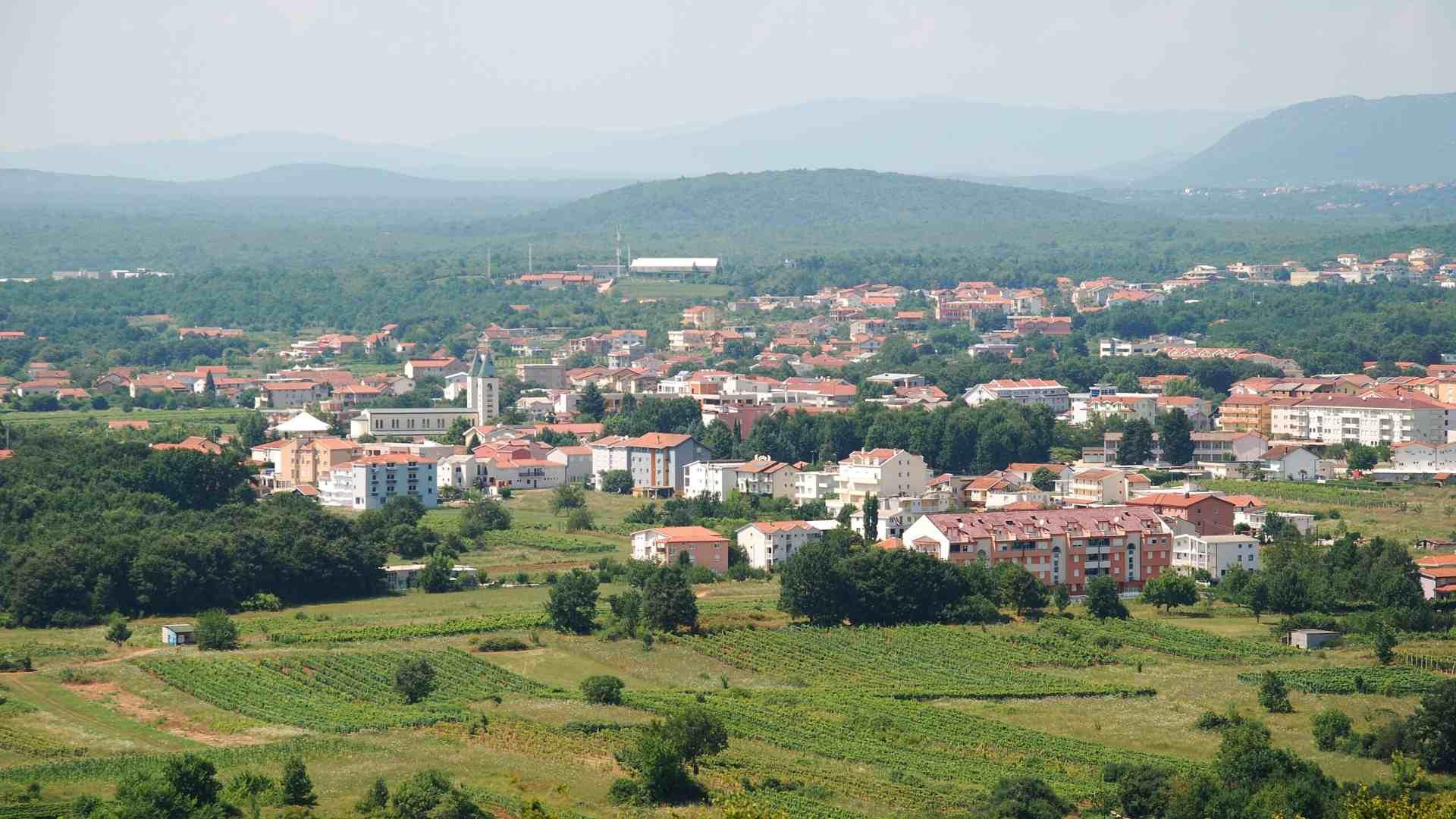
During the document signing press conference, Fernández was asked about a recent apparition site at Medjugorje where multiple witnesses said they saw apparitions of the Virgin Mary, which many, including Pope Francis, have been skeptical of.
Fernández told reporters that no decision had been made but that the new standards in the document should make it easier for the church to come to a conclusion.
Vatican Document
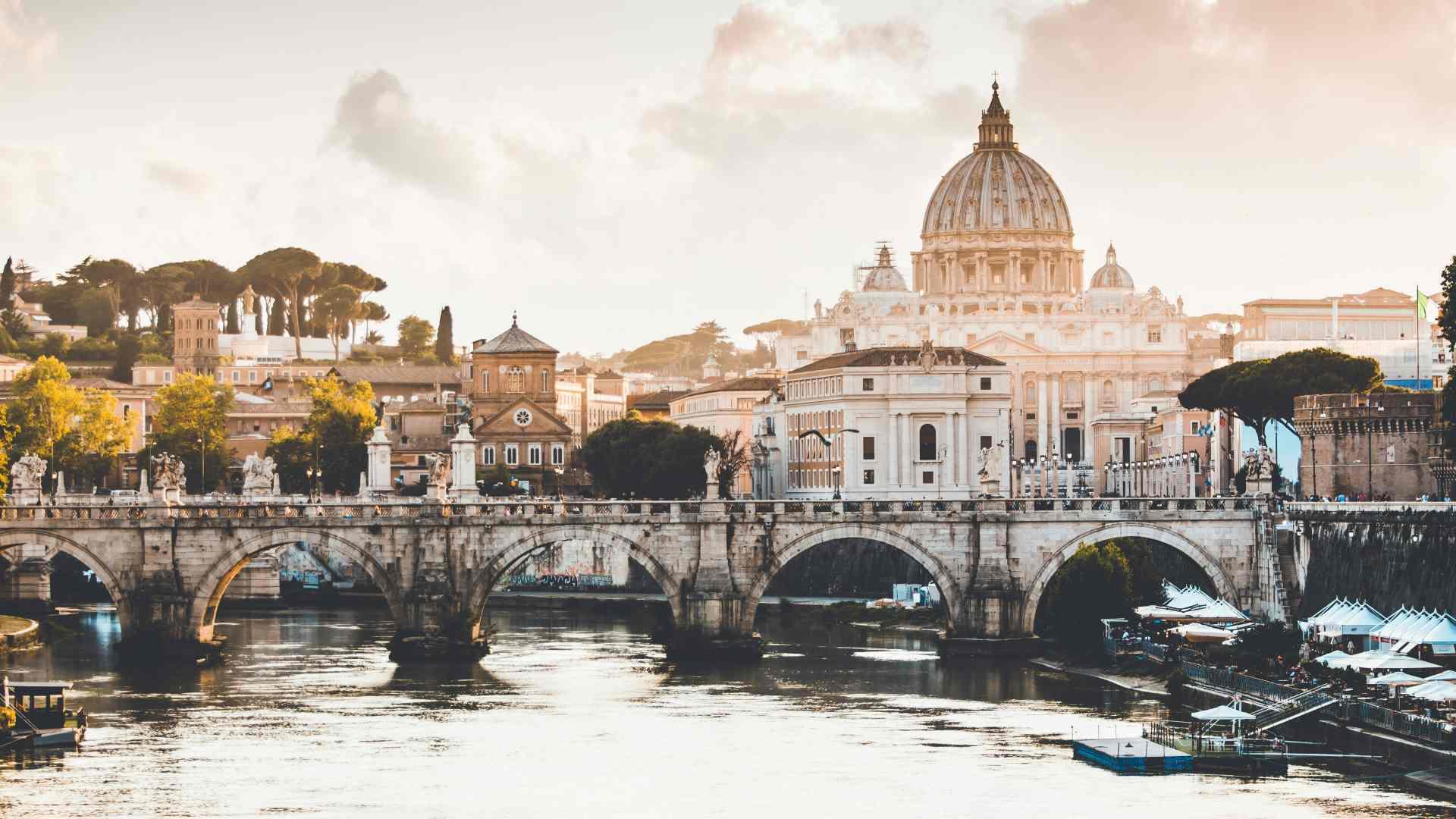
The document opens with a concern about the adverse effects of people being misled by supernatural events.
“There is the possibility of believers being misled by an event that is attributed to a divine initiative but is merely the product of someone’s imagination, desire for novelty, tendency to fabricate falsehoods (mythomania), or inclination toward lying,” said the document.
Moral Gravity

This document argues that the propagation of false supernatural experiences can cause moral harm to faithful worshipers.
“The use of purported supernatural experiences or recognized mystical elements as a means of or a pretext for exerting control over people or carrying out abuses is to be considered of particular moral gravity,” the document says.
Church’s Past History
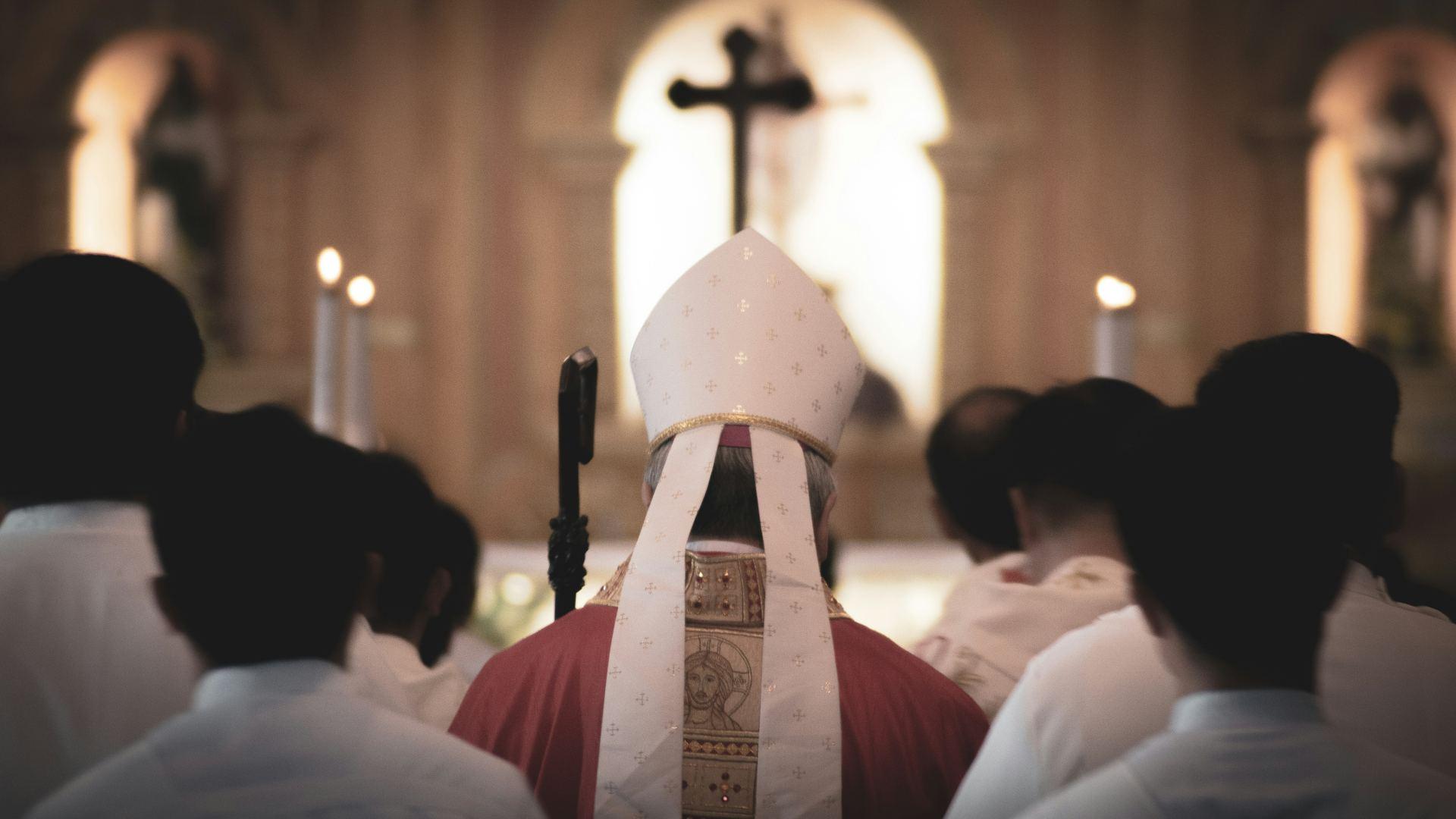
The Catholic Church has had a controversial history of confirming faithful worshippers having seen visions of the Virgin Mary, as well as instances of statues of Mary weeping blood and believers developing stigmata.
Church leaders have seen these events as supernaturally inspired, and an important tool for spreading the faith.
Recent Apparition Events
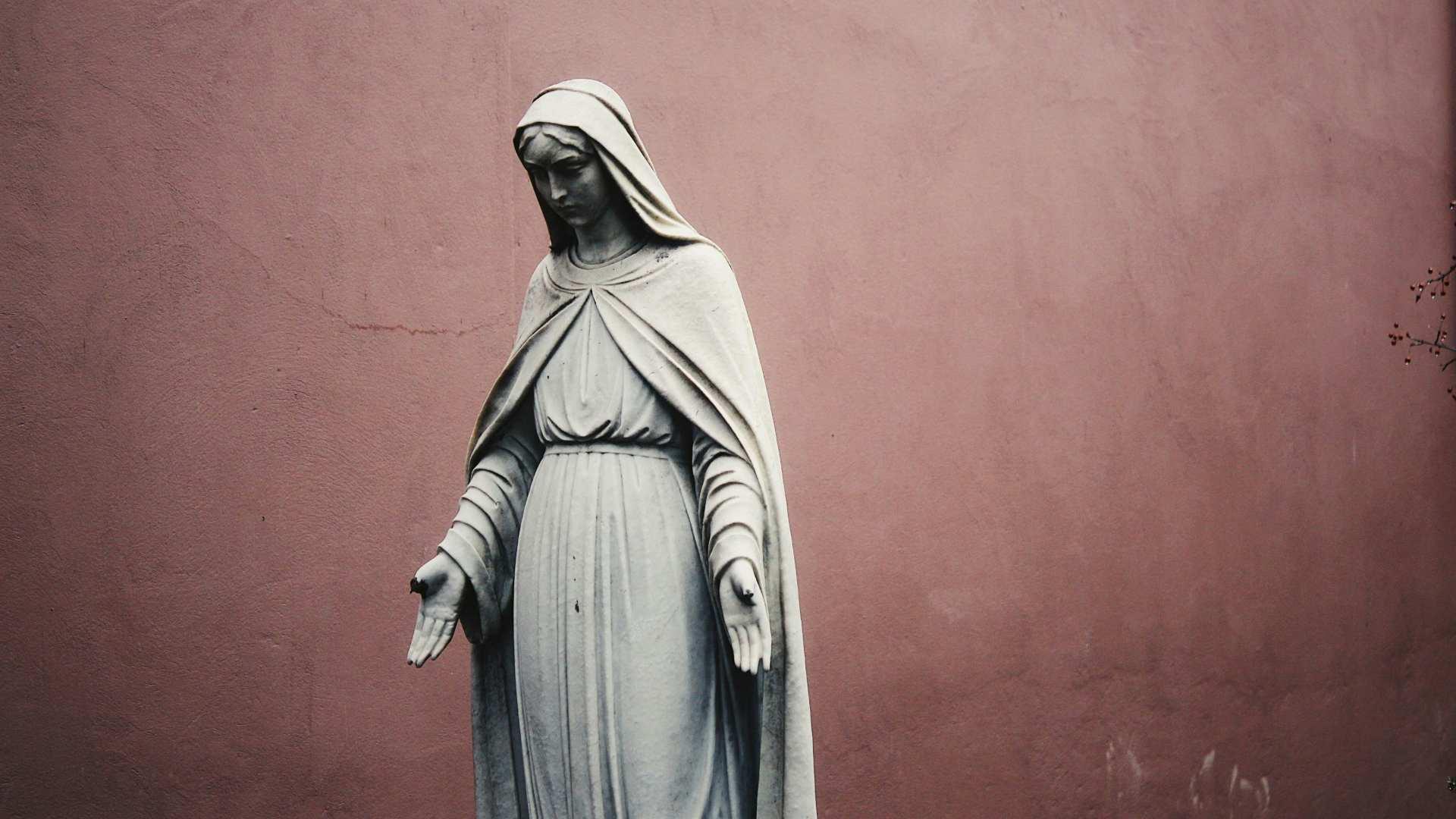
While many Catholic leaders still believe in older Marian apparition events, some have expressed skepticism about more recent claims in the age of the internet involving technology.
“I prefer the Madonna as mother, our mother, and not a woman who’s the head of a telegraphic office, who sends a message every day at a certain time,” Pope Francis told reporters in 2017.
New Norms
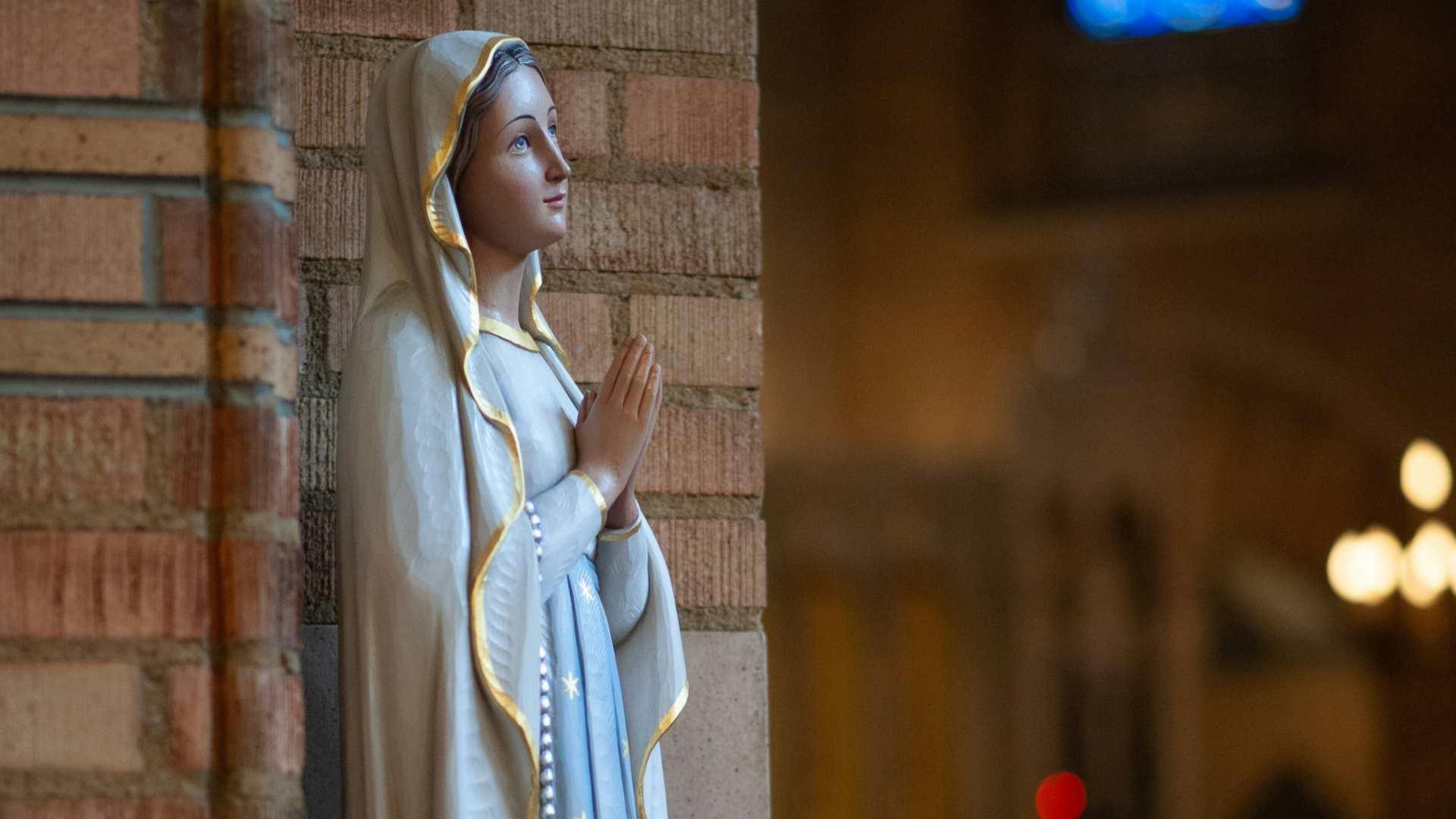
The new norms set out in the document will change the Catholic Church’s evaluation process, severely restricting the ability of church authorities to declare the authenticity of a supernatural or divinely inspired event.
In the document, there are six outcomes outlined for evaluating events, with the highest level being a noncommittal doctrinal approval called “nihil obstat.”
Nihil Obstat

The document outlines the motivation for the “Nihil obstat” outcome, which would allow believers to appreciate the event but would not leave the church open to be contradicted.
“The Dicastery recently proposed to the Holy Father the idea of concluding the discernment process not with a declaration of “de supernaturalitate” but with a “Nihil obstat,” which would allow the Bishop to draw pastoral benefit from the spiritual phenomenon. The idea of concluding with a declaration of “Nihil obstat” was reached after assessing the various spiritual and pastoral fruits of the event and finding no substantial negative elements in it. The Holy Father considered this proposal to be a “right solution,” the document said.
Nixing Supernatural
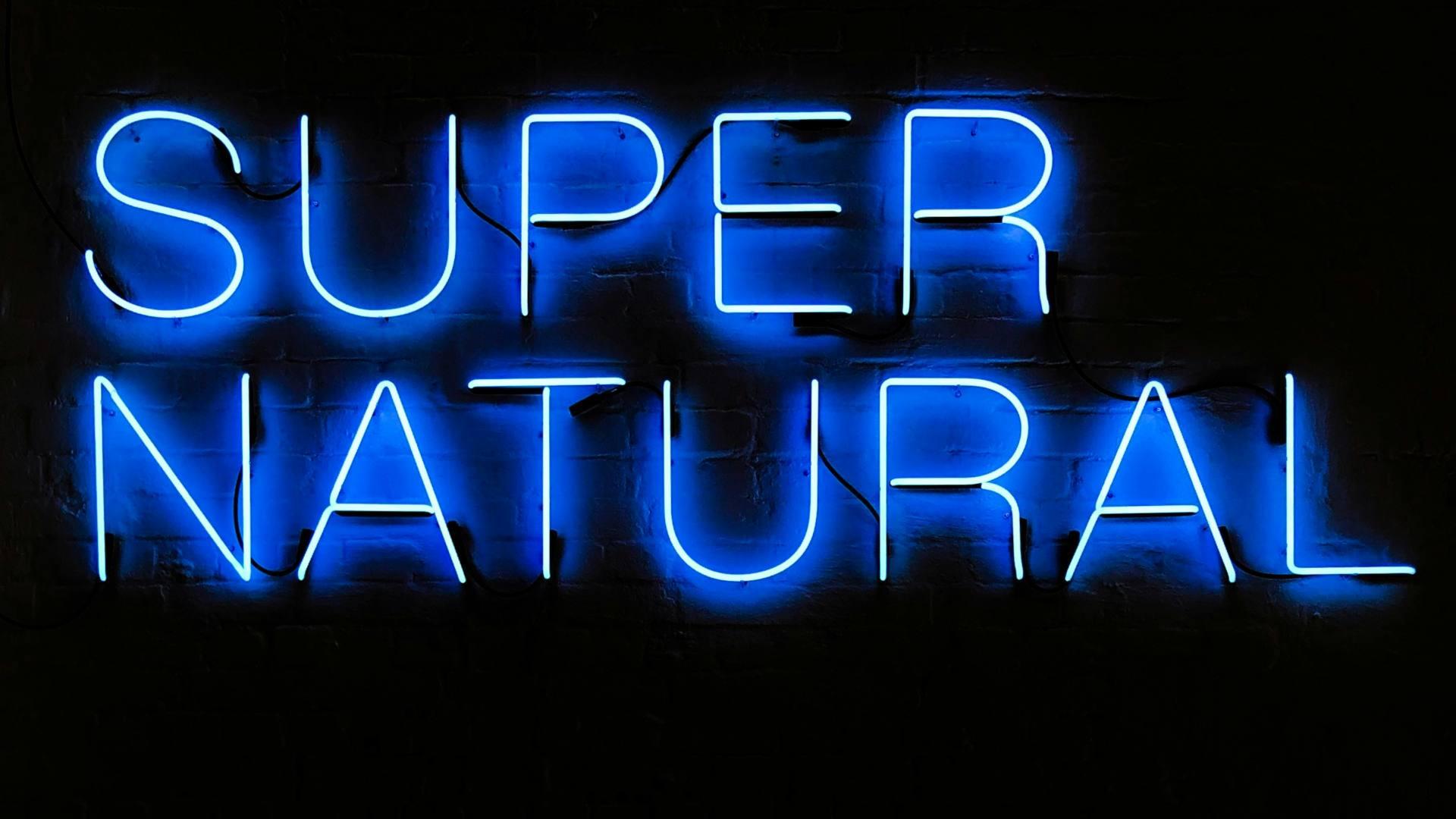
The new rules in the document essentially make it so the Catholic Church is no longer required to authenticate supernatural events for believers and releases the church from any doctrinal commitments of appreciating them for pastoral purposes.
“Instead, as a rule, such declarations of “supernaturalness” are replaced either by a Nihil obstat, which authorizes positive pastoral work or by another determination that is suited to the specific situation,” said the document.
Danger of Hoaxes
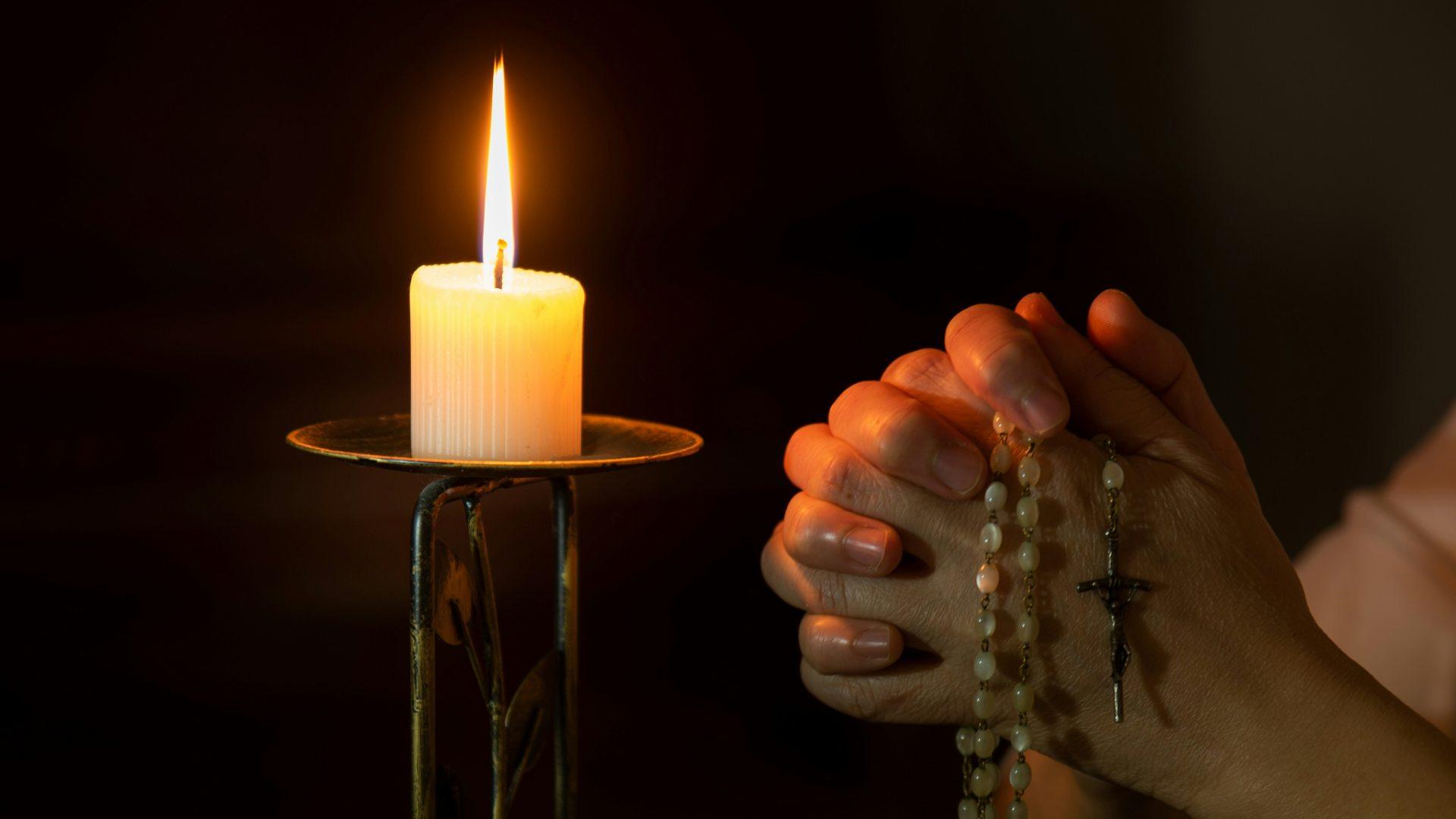
As the age of the internet dawned and spread across the world, the Catholic Church found itself having a hard time figuring out what to do about the possibility of hoaxes.
If an event determined to be authentic later turns out to be a hoax, it would tank the credibility of the church and potentially have the effect of shaking believers’ faith.
Past Hoaxes
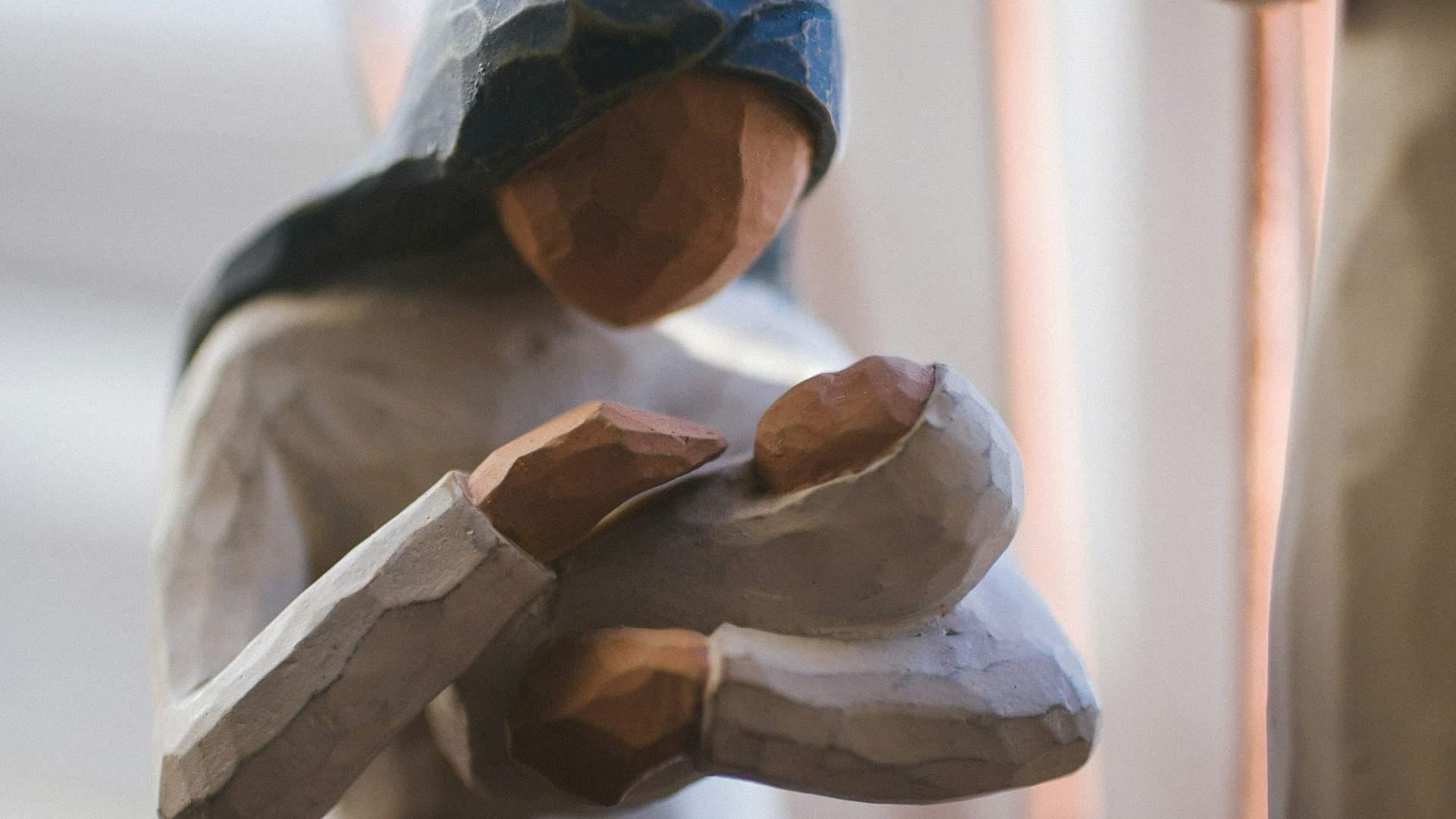
In 2018, a church in New Mexico claimed that there was a supernatural event where a statue of Mary was weeping, and the event caused many people to come to see it. However, it was discredited when testing revealed the liquid to be a mixture of olive oil and perfume, though the diocese denied that it was an orchestrated stunt.
In Italy in 2008, a church custodian was put on trial for faking blood tears from a Mary statue after it was revealed that his DNA matched the blood in the tears.

